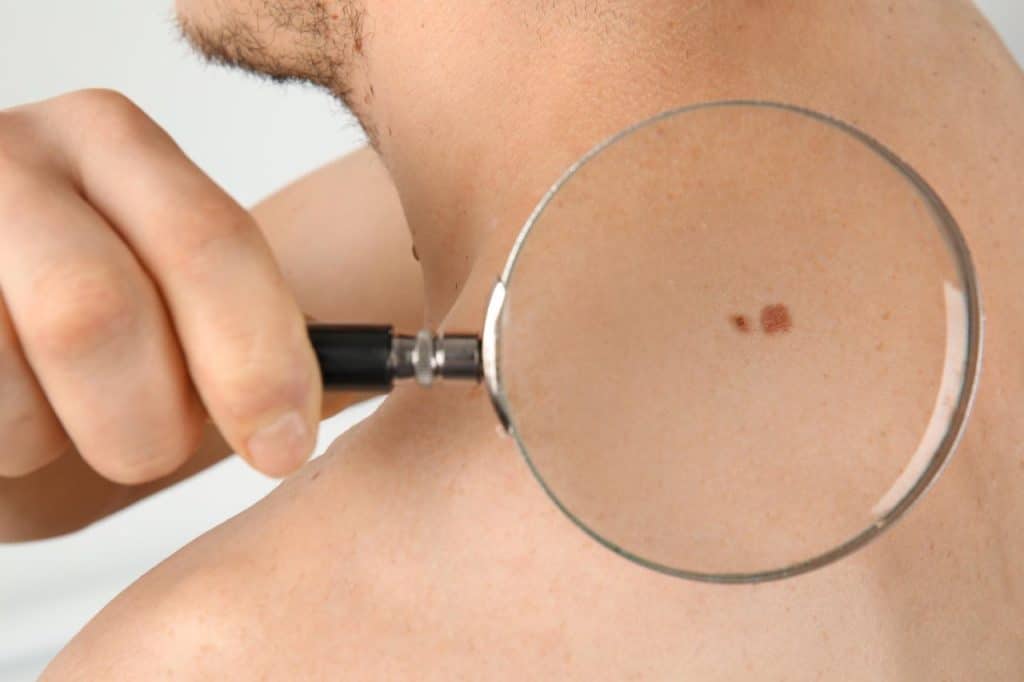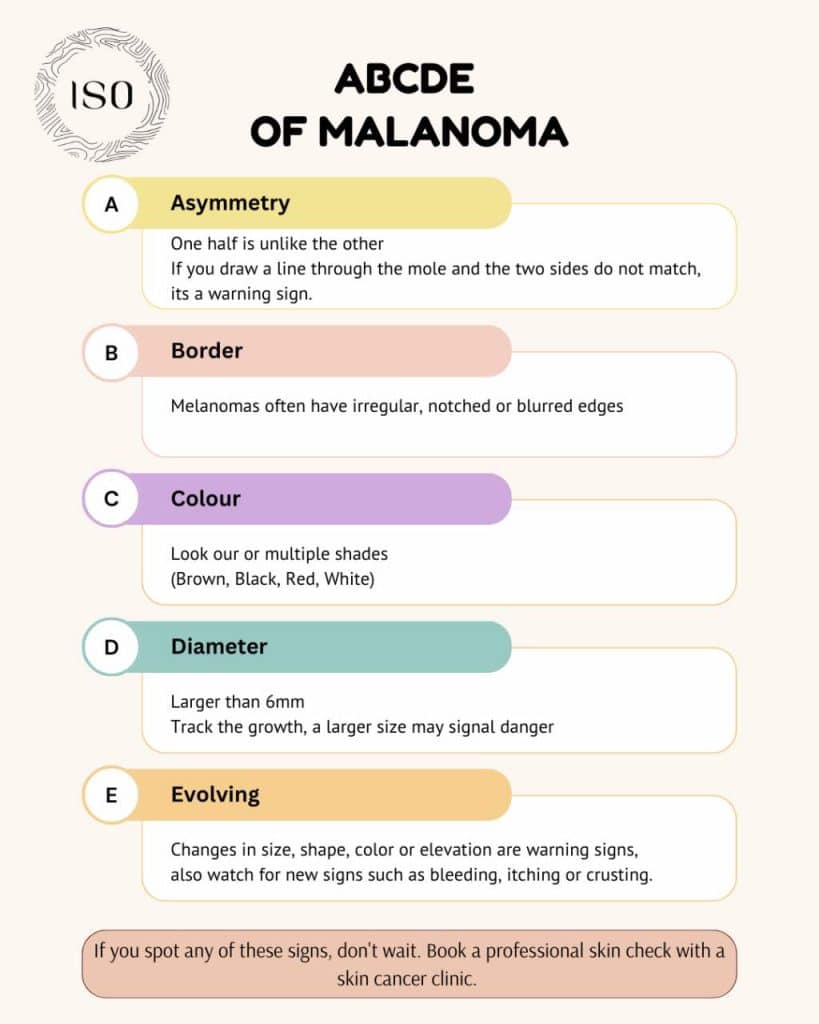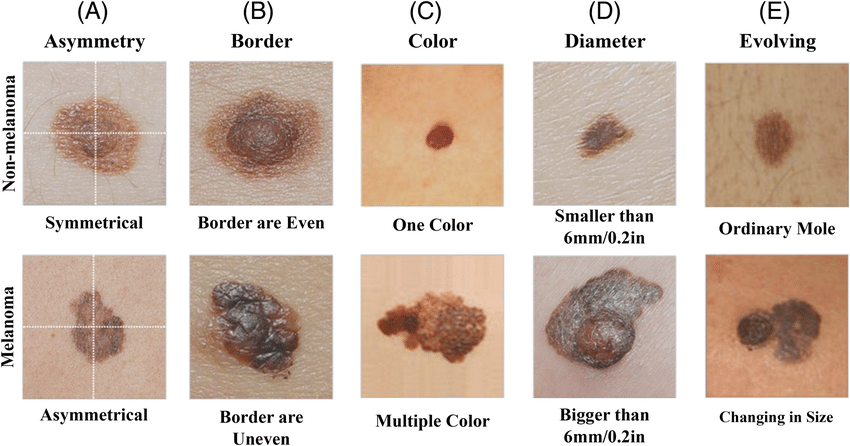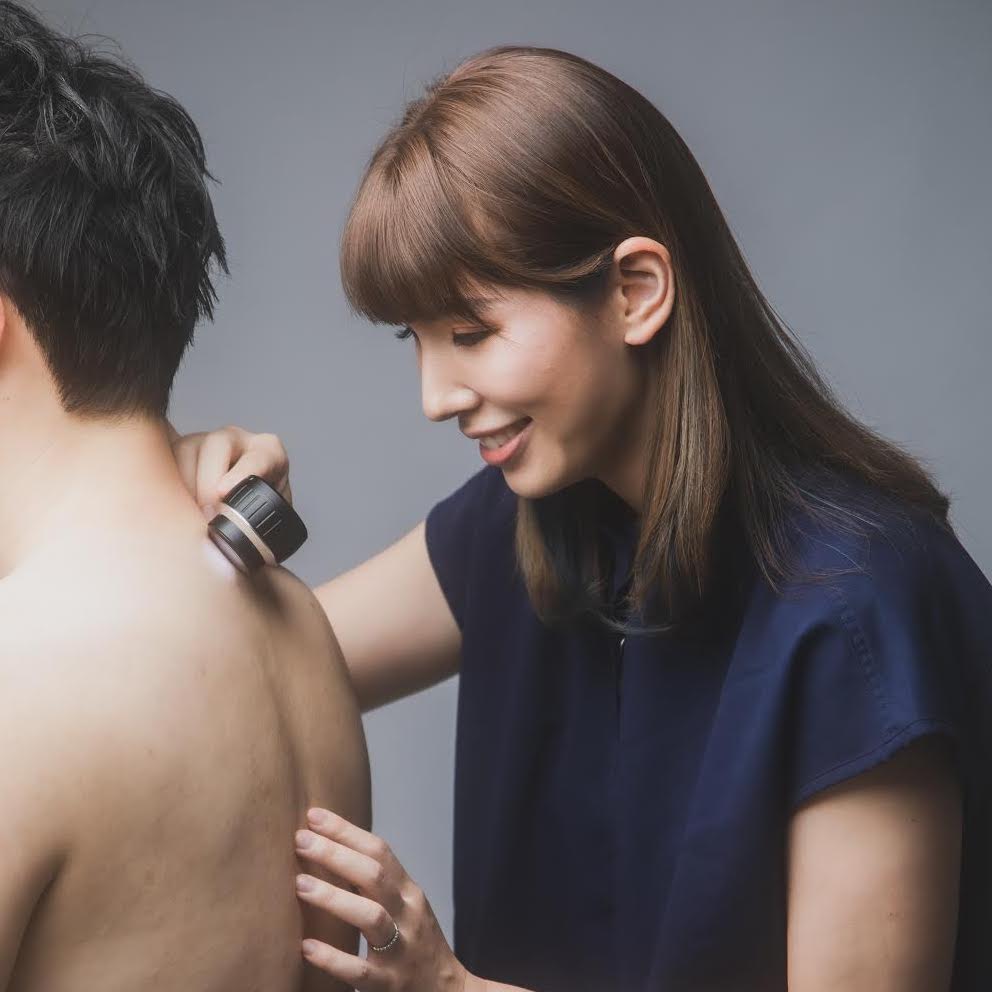Why Early Detection is Crucial for Skin Cancer Survival Rates
Skin cancer is the most common form of cancer globally, and its incidence continues to rise due to factors such as increased ultraviolet (UV) exposure and lifestyle changes. Early detection plays a pivotal role in improving survival rates, reducing the need for extensive surgical interventions, and preventing complications such as metastasis.
Melanoma, the most aggressive form of skin cancer, has a five-year survival rate of over 95% when detected early. However, once it has metastasised, survival rates drop significantly. Non-melanoma skin cancers, including basal cell carcinoma (BCC) and squamous cell carcinoma (SCC), can also cause serious complications if left untreated. BCC, for example, rarely metastasises but can grow deep into the skin, causing disfigurement and tissue damage. SCC has a higher risk of spreading, particularly in immunocompromised individuals.
The importance of early detection cannot be overstated. Routine self-examinations, awareness of risk factors, and regular dermatological check-ups enable individuals to identify potentially cancerous lesions before they progress. Public health campaigns and professional guidelines advocate for increased awareness, emphasising that early intervention leads to better outcomes and lower treatment costs.
Why Regular Skin Checks Are Crucial in Australia
Living under the harshest UV conditions in the world means all Australians, regardless of age, skin tone, or lifestyle are at risk. Queensland, in particular, sees some of the highest rates of melanoma globally. Many assume that skin cancer is something to worry about later in life, but young Australians are increasingly being diagnosed with melanoma, making early education and action essential.
The Benefits of Self Skin Checks:
- Spot changes before they progress.
- Catch new or evolving moles early.
- Support clinical detection with at-home vigilance.
- Establish a healthy habit that complements professional care.

Common Signs and Symptoms of Skin Cancer
Recognising the early signs of skin cancer is essential for timely diagnosis and treatment. The following are key indicators that a mole, lesion, or skin abnormality may require medical attention:
1. Changes in Moles or Existing Skin Lesions
Moles that change in shape, size, or colour could indicate melanoma. The ABCDE rule provides a useful guide for evaluating suspicious moles:

2. New or Unusual Growths
The sudden appearance of a new mole or lesion, particularly one that differs in appearance from surrounding skin, should be examined.
3. Persistent Sores That Do Not Heal
A sore that remains unhealed for more than four weeks, repeatedly scabs over, or bleeds intermittently could be an early sign of skin cancer.
4. Changes in Skin Texture
Lesions that become rough, scaly, or develop a crust, particularly on sun-exposed areas, could indicate actinic keratosis (a pre-cancerous condition) or SCC.
5. Itching, Tenderness, or Pain
Skin cancers do not always cause pain, but some lesions may become tender, itchy, or bleed without provocation.
6. Unusual Pigmentation Under Nails
A dark streak or discolouration under the fingernails or toenails may indicate subungual melanoma.
Recognising these warning signs is critical, particularly for individuals at high risk of developing skin cancer, such as those with a history of excessive sun exposure, fair skin, or a family history of melanoma.
It is important to regularly check moles and be aware of any new or changing growths on the skin in order to catch potential skin cancer early. Early detection is key in successfully treating skin cancer, so it’s important to be proactive about monitoring your own skin by firstly understanding the importance of applying suncreen and checking for any potential warning signs.
Differences Between Benign and Malignant Skin Lesions
Distinguishing between benign and malignant lesions is essential in ensuring timely treatment while avoiding unnecessary procedures for harmless conditions.
Benign Lesions:
- Well-defined borders: The edges are smooth and clearly separated from surrounding skin.
- Uniform colour: Typically a single shade of brown or flesh tone.
- Slow or no growth: Benign lesions may remain unchanged for years.
- No ulceration or bleeding.
Malignant Lesions:
- Irregular shape and border: Uneven, jagged, or notched edges.
- Varied pigmentation: Presence of multiple colours within the lesion.
- Rapid growth: An increase in size over weeks or months.
- Ulceration or bleeding: The lesion may become raw or develop open sores.
A definitive diagnosis often requires a biopsy, where a small sample of tissue is examined under a microscope. Dermatologists may also use dermatoscopy, a technique that provides a magnified view of skin lesions, helping to identify suspicious patterns.

How to Perform a Monthly Skin Self-Check
Regular self-examinations are crucial for early detection, particularly for individuals with a high risk of developing skin cancer. A monthly self-check can help identify changes in the skin before they become problematic.
Set aside 10–15 minutes once every 4–6 weeks. Use good lighting, a full-length mirror, and a handheld mirror.

Even if you’re young, active, or have darker skin, no one is immune to UV damage in Australia. A few minutes each month can keep you safer between your professional checks.
When to See a Doctor for a Skin Check
While self-checks are valuable, professional skin examinations are necessary to detect abnormalities that may not be easily noticeable. The following situations warrant a visit to a GP or dermatologist:
- A new mole or lesion appears and looks suspicious.
- An existing mole changes in shape, size, or colour.
- A sore does not heal after four weeks.
- Persistent itching, pain, or bleeding is associated with a lesion.
- A family history of melanoma or personal history of skin cancer is present.
High-risk individuals should have a full-body skin examination annually, with some requiring more frequent visits based on their medical history.
Conclusion
Skin cancer is a significant public health concern, but early detection dramatically improves outcomes. By understanding the warning signs and conducting monthly self-examinations, individuals can identify potential skin cancers at an early stage. Differentiating between benign and malignant lesions helps in making informed decisions about seeking medical advice.
Professional skin checks are crucial, particularly for those at higher risk, ensuring that any concerning lesions are assessed and treated promptly. Public awareness campaigns continue to stress the importance of sun protection, early diagnosis, and proactive skin health management.
Ultimately, vigilance and regular skin checks empower individuals to take control of their health, reducing the burden of advanced skin cancer cases and enhancing survival rates. By incorporating early detection strategies into routine healthcare, lives can be saved through timely and effective treatment.
Book a skin check consultation today.




